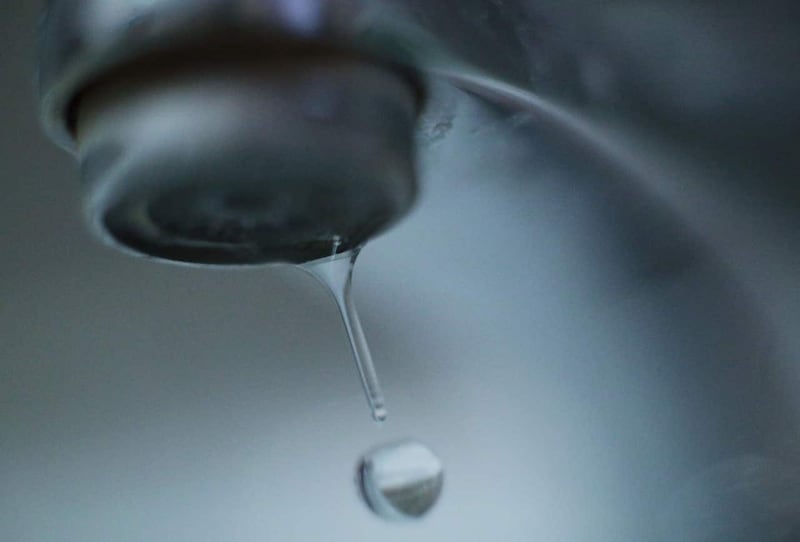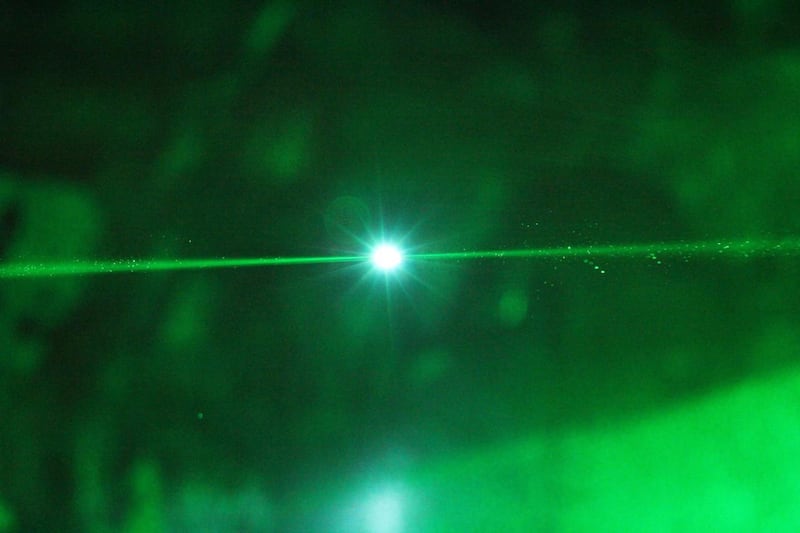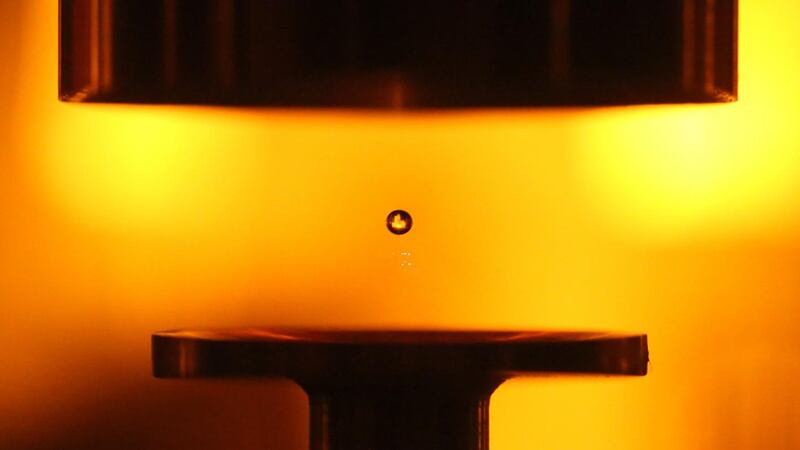Scientists have identified a new way to detect harmful metals in water: using sound waves to levitate droplets in mid air.
The new technique, developed by researchers in Mexico, allows them to detect low concentrations of heavy metals such as lead and mercury.
The team says their work could, in future, help speed up the contaminant detection process with instruments that perform in real time.
Study leader Victor Contreras, from Instituto de Ciencias Fisicas UNAM in Mexico, said: “Despite the large variety of water sensors that offer continual monitoring, detection of multiple heavy metals dissolved in water can only be performed by sending samples off for specialised laboratory analysis.

“Our new technique is one step toward the development of a simpler analysis approach that could be applied on-site and in real time.
“This type of water analysis could be used by agricultural, pharmaceutical, water purification and other industries to monitor water for contaminants.”
The researchers used a sensitive technique known as laser induced breakdown spectroscopy (LIBS) to analyse heavy metals in levitating drops of water.
Levitating the water droplets allows the water to evaporate in a controlled position, which increases the mass concentration of contaminants in the sample and makes it easier to perform LIBS analysis, the researchers said.

The team added they were able to detect “very low levels” of the heavy metals – like for example 0.7 milligrams per litre of cadmium and 0.2 milligrams per litre of barium – in just a few minutes.
Mr Contreras said: “This technology has a potential to simultaneously detect heavy metals and other elements in water in a fast and cost-effective way.
“An online analyser based on our technology could one day help prevent environmental disasters and contribute to improved water quality control.”
The researchers are now working to improve the design of the instrument to achieve more stable levitation.
The study is published in the journal Optical Letters.








